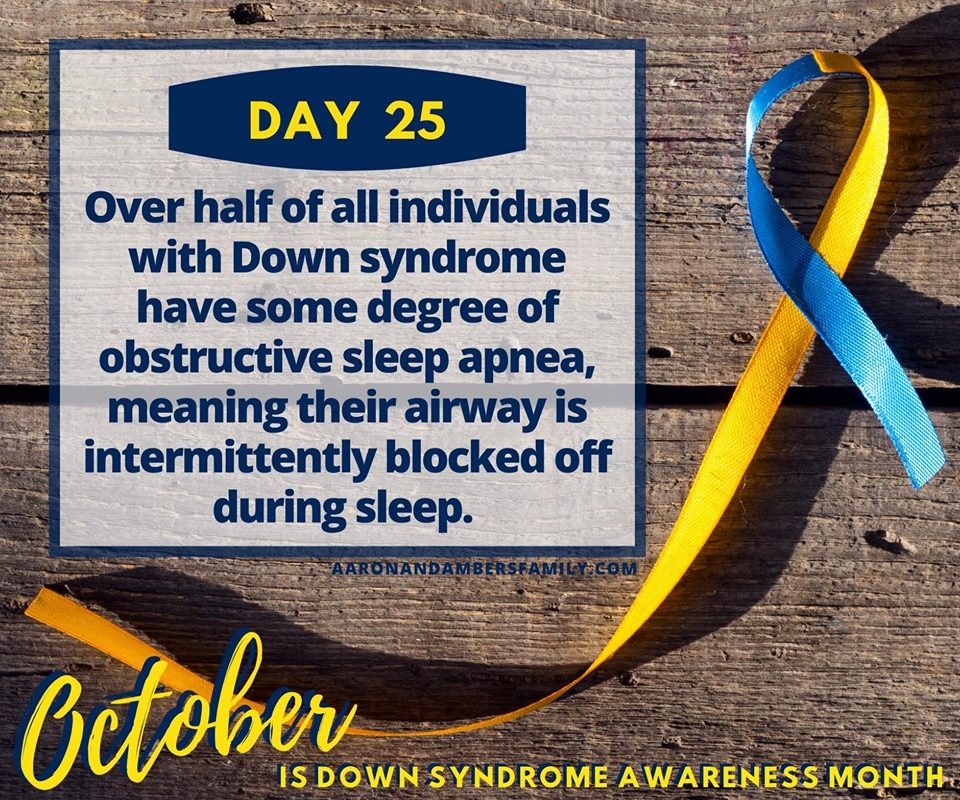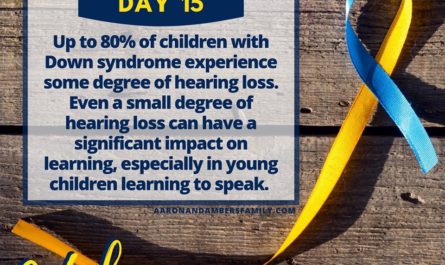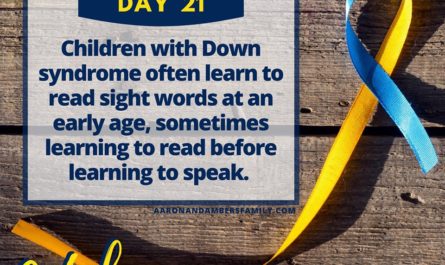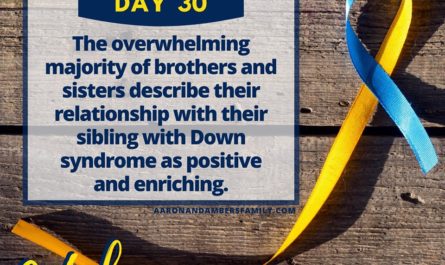Most children with Down syndrome have regular sleep studies done to monitor for obstructive sleep apnea (and other sleep concerns).
Because AJ has a trach in place, his airway is held open and we haven’t had to experience this yet, though many of our friends have.
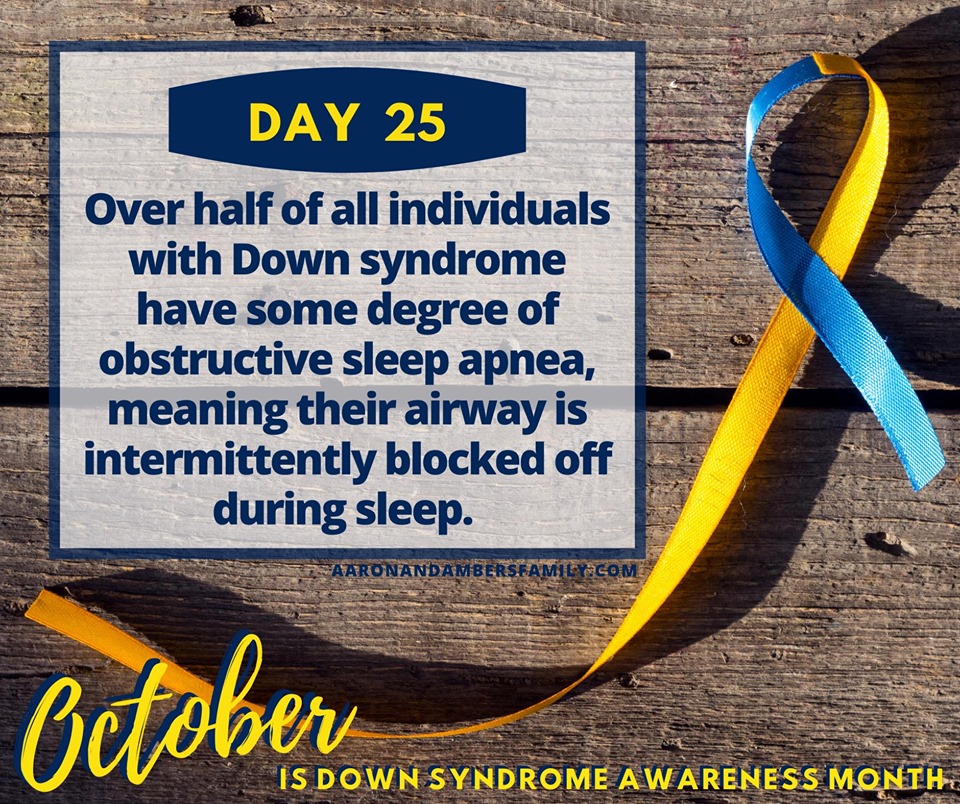
Individuals with Down syndrome are more likely to have obstructive sleep apnea due to various slight differences in anatomy. Having smaller mouths and airways, larger tongues adenoids and tonsils, and low muscle tone are just some of the characteristics that can increase risk.
Sleep apnea may be treated non-surgically by using a CPAP device in many cases, but in other cases surgery may be required to remove tonsils and adenoids, there are also other reconstructive procedures that could be performed and in some severe cases a tracheostomy is required to ensure that the airway remains open when at rest.

